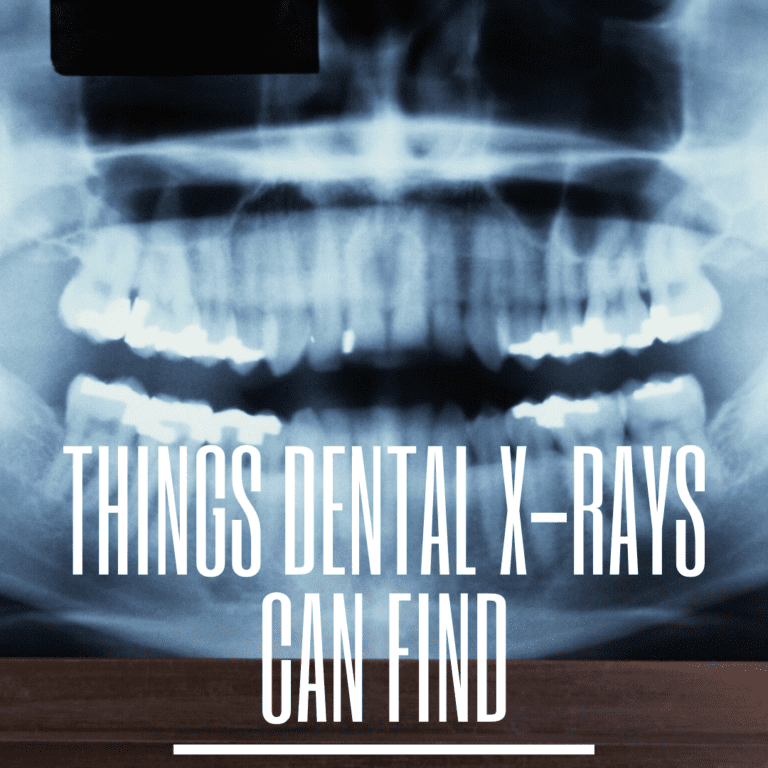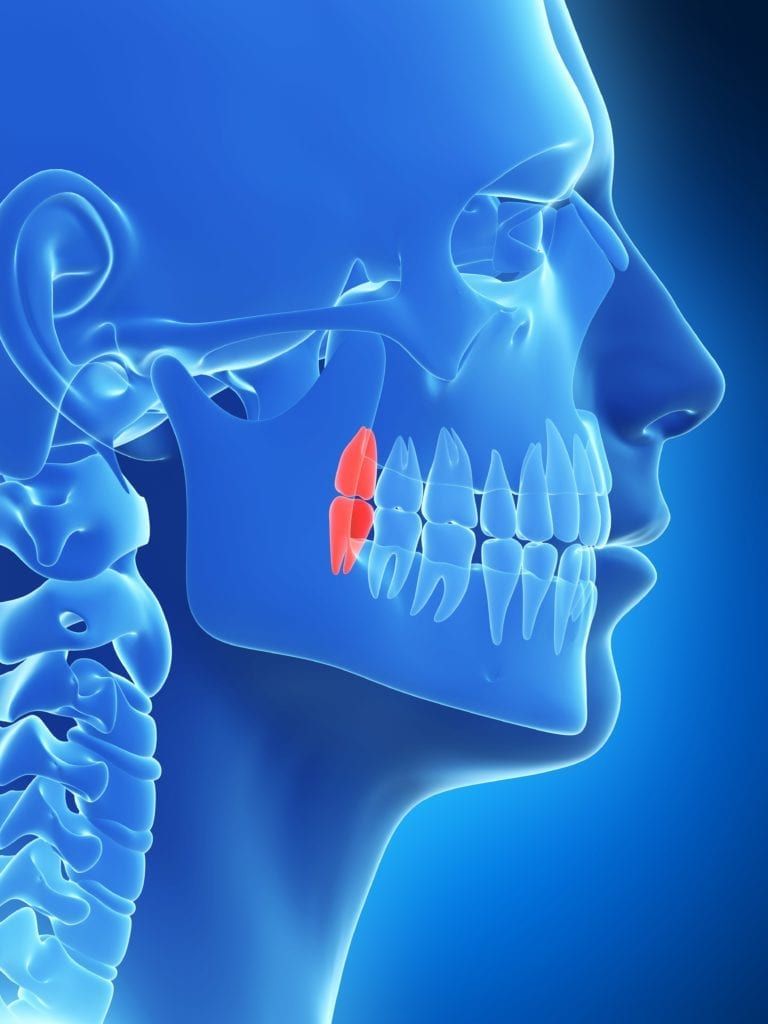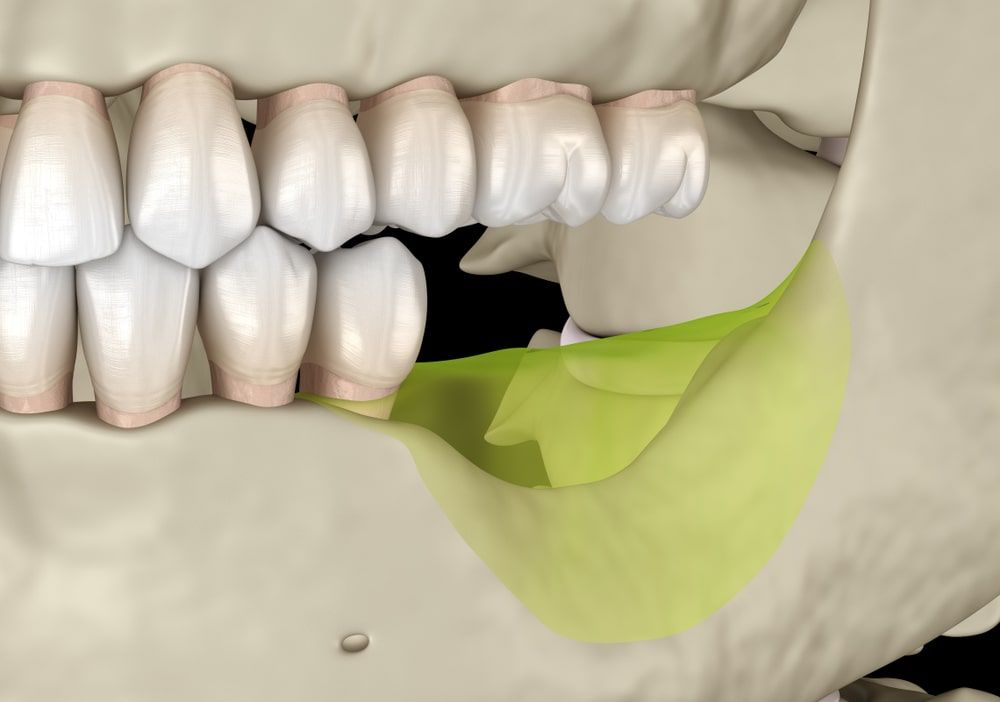Things Dental X-Rays Can Find

When you visit your dentist’s office for your semi-annual dental checkup, you expect your dentist to ask you to open wide so they can look at your teeth and gums. These oral exams allow your dentist to look for visual signs of tooth decay or gum disease, as well as any other dental issues that could be present. While you may think an oral exam is sufficient to evaluate your oral health, your dentist would disagree.
In addition to performing an oral exam, many dentists will also perform dental x-rays every six months or every year in order to get a better look at your oral health. This is because there are several areas of your mouth that are not immediately visible and can only be examined with an x-ray. Since dental x-rays use a variety of angles and focal points, this provides your dentist with a clear picture of the least visible areas of your mouth.
Not only that, but dental x-rays are used as a method to diagnose a variety of dental issues. This is because dental x-rays can find a variety of things, including:
Early Decay
When tooth decay begins, it can be hard to detect with a visual exam alone. However, early signs of decay show up on x-rays more clearly. This allows your dentist to remedy the problem before it gets worse. Not only does this mean less invasive treatments, but it will also save you money.

Impacted Wisdom Teeth
In young adults in their late teens, dental x-rays are often used to determine the presence and position of wisdom teeth. While a visual exam may confirm the presence of erupting wisdom teeth, only an x-ray can determine the position of the teeth under the gums. This can help your dentist predict their movement in order to determine if they need to be extracted.
Faulty Restorations
Like anything else, dental restorations will eventually wear down. While faulty restorations can be detected during a regular dental exam, they can just as easily be missed. However, a dental x-ray can show if there is decay under or around the restoration that could indicate it needs to be replaced.
Bone Loss

In cases with one or more missing teeth, a dental x-ray may be performed to check for bone loss. This is because after a tooth is lost, the body begins to break down the jawbone in a process called bone resorption. The longer the tooth has been missing, the greater the amount of bone loss. Therefore, if a dental restoration is being considered, it is essential to know the bone mass to determine the best restoration.
Permanent Teeth
In children, dental x-rays are used to monitor the growth, development, and eruption of permanent teeth. They can sometimes allow a family dentist to anticipate potential problems and take preventative measures.
Cysts or Tumors
Although rare, dental x-rays can also find tumors or cysts that have developed underneath the gums. Additionally, abscesses caused by pulp infections may also be noticed on x-rays.
As you can see, dental x-rays are an extremely important part of your dental checkup. Not only do they allow your dentist to closely monitor your oral health, but they can detect potential problems before they have a chance to progress. This ultimately allows your dentist to provide you with the highest quality of care.

Dr. John Batlle attended the UF College of Dentistry where he received his Doctor of Dental Medicine degree in 1983. After graduating, he worked for the State of Florida and received his commission in the Navy Reserve Dental Corps. He was deployed to Guantanamo Bay, Cuba in 2002 where he served as the dentist for Detainee Operations and Navy Hospital GTMO. He recently retired from the U.S. Navy Reserve after 26 years of service.

